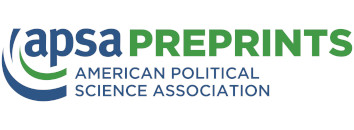Abstract
How much can automatic voter registration (AVR) increase turnout? Unlike many democracies, most American voters face the additional cost of registration, resulting in potential disenfranchisement. AVR is naturally expected to promote turnout, but its causal effects have rarely been quantified due to violations of crucial assumptions. I show that a variation of AVR that targets existing registrants as opposed to eligible non-registrants---termed automatic re-registration (ARR)---increases turnout by 5.8 percentage points. I exploit a natural experiment in a novel administrative dataset; election officials in Orange County, California, notified existing registrants who moved within-county that their residential addresses were automatically updated. The treatment alleviated registrants of re-registration burdens, but only for those who moved before the legal cutoff date, enabling a quasi-random treatment assignment. Contrary to the popular narrative, ARR had no significant effect on the turnout of registered Democrats, but Republicans' and nonpartisans' turnout increased by 8.1 and 7.4 percentage points.
Supplementary materials
Title
Online Appendix
Description
Supporting Information
Actions


![Author ORCID: We display the ORCID iD icon alongside authors names on our website to acknowledge that the ORCiD has been authenticated when entered by the user. To view the users ORCiD record click the icon. [opens in a new tab]](https://preprints.apsanet.org/engage/assets/public/apsa/logo/orcid.png)




